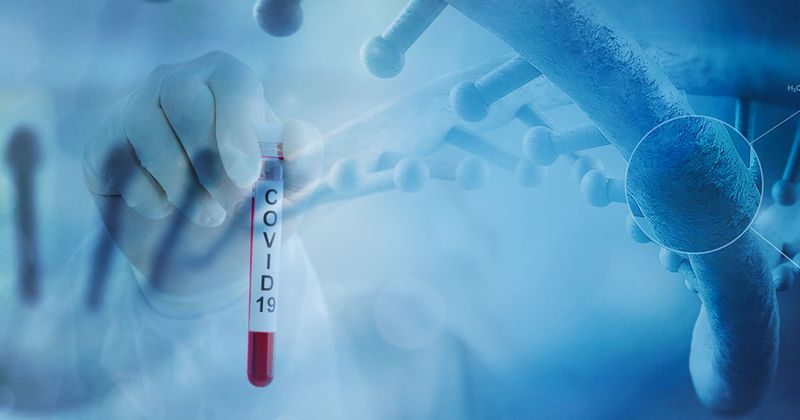WHO publishes clinical case definition for long COVID
WHO on Wednesday published a clinical case definition of long COVID that includes 12 domains and 88 words.
Using Delphi methodology — “a structured communication technique originally developed as a systematic, interactive forecasting method which relies on a panel of experts,” the WHO document explains — a group of hundreds of patients, researchers, external experts, WHO staff and others came up with a working case definition they said can be used to identify long COVID in all clinical settings.

The authors defined long COVID as a condition that “occurs in individuals with a history of probable or confirmed SARS-CoV-2 infection, usually 3 months from the onset of COVID-19 with symptoms that last for at least 2 months and cannot be explained by an alternative diagnosis.”
“Common symptoms include fatigue, shortness of breath, cognitive dysfunction but also others and generally have an impact on everyday functioning,” they wrote. “Symptoms may be new onset following initial recovery from an acute COVID-19 episode or persist from the initial illness. Symptoms may also fluctuate or relapse over time.”
Research has shown that COVID-19 survivors can face a “substantial burden of health loss” affecting almost every organ and regulatory system in the body. One international study identified more than 200 long COVID symptoms.
Through consensus, the participants in the WHO project identified 12 domains and variables to be included in the clinical case definition:
- history of SARS-CoV-2 infection;
- laboratory-confirmed SARS-CoV-2 infection;
- minimum time period from the onset of symptoms (or from date of positive test for asymptomatic) of 3 months;
- minimum duration of symptoms of at least 2 months;
- symptoms such as cognitive dysfunction, fatigue, shortness of breath, among others;
- minimum number of symptoms;
- clustering of symptoms;
- time course of symptoms;
- sequelae of well-described complications of COVID-19;
- symptoms cannot be explained by alternative diagnosis;
- application of definition to different populations; and
- impact on everyday functions.
“This standardized clinical case definition will help clinicians to identify patients more easily and provide them the appropriate care and is crucial for advancing recognition and research,” WHO told Healio. “WHO encourages all national authorities, policy makers and clinicians to adopt this definition. With a standardized definition, we hope to advance recognition of the condition.”
Using the definition, “[we] will be able to measure the burden of this illness better, giving us a better understanding of its prevalence globally,” WHO said. “We hope it will aid and promote research on the topic. Having a single definition will allow us to synergize global research and advance a globally relevant understanding of the condition. The definition is the first one and as we learn more, the definition will evolve.”
WHO’s clinical definition differs from the CDC’s, published in July, which says that people with long COVID can begin experiencing symptoms 4 or more weeks after being infected with SARS-CoV-2.
WHO noted that a separate definition of long COVID may be applicable for children.
References:
CDC. COVID-19. Post-COVID conditions. https://www.cdc.gov/coronavirus/2019-ncov/long-term-effects/index.html. Accessed Oct. 6, 2021.
WHO. A clinical case definition of post COVID-19 conditions by a Delphi consensus, 6 October 2021. https://www.who.int/publications/i/item/WHO-2019-nCoV-Post_COVID-19_condition-Clinical_case_definition-2021.1. Accessed Oct. 6, 2021.


